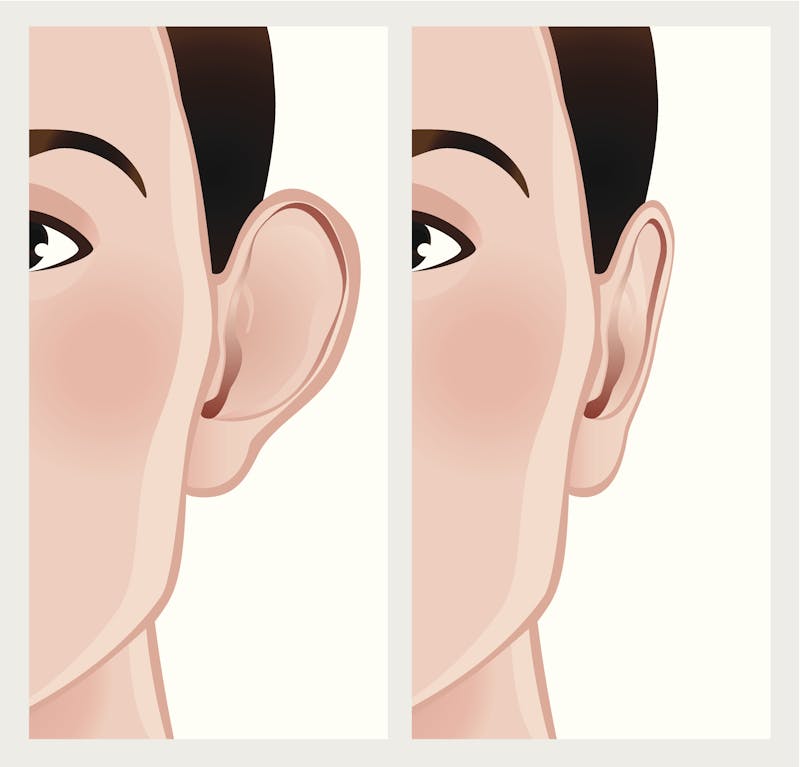
Having prominent ears can wreak havoc on the self-esteem. Children can be particularly cruel, calling their peers names like Dumbo, and that can contribute to insecurity and lowered self-esteem. This is why so many children, teens, and adults seek corrective otoplasty. The surgery corrects oversized or prominent ears while also boosting confidence levels. Despite the popularity of otoplasty, there are still some misconceptions that keep people from considering this cosmetic surgery. Here are four of those common misconceptions.
Otoplasty is a Surgery for Children
It’s true that otoplasty is often recommended in children. In fact, many consider it ideal to have the surgery between the ages of four and six. First, this beats the age at which most children start teasing their peers. Second, the cartilage is still soft, but it has reached the end of the growth pattern. This doesn’t mean that teens and adults cannot have the surgery, however. Otoplasty is a cosmetic procedure anyone can have.
Otoplasty Cannot Fix Just One Ear
If one ear is sticking out or appears too large, it’s likely that both ears share this trait. It is possible, however, for only one ear to be affected. If this is the case, the surgeon can perform otoplasty on just one ear. There is a risk that the ears will no longer appear to be symmetrical, so you should take that into account when considering otoplasty. Even when just one ear protrudes, many surgeons operate on both ears in order to achieve the best symmetry.
I Have to Have Another Surgery to Correct Asymmetry
Nobody’s ears are perfectly symmetrical, with or without surgery. Sometimes after otoplasty surgery, patients wait the recommended full three months for swelling to go down and notice the ears are not even. One might stick out just a little farther than the other. However, you do not have to undergo a whole other procedure with general anesthesia or twilight sedation to correct this. Your facial plastic surgeon can administer local anesthesia and then make a small incision and change the permanent sutures that were added during the initial surgery.
Telephone Deformity Must Be Surgically Corrected
Following ear surgery, there is significant swelling. This swelling affects how the ear looks and can be behind a deformity known as telephone ear. With telephone ear, the upper and/or lower portion of the ear curves outward, resembling the curve of a telephone handset.
By the end of the first week, swelling reduces by approximately 80 percent. While you start to see the shape of your new ears, there still is some swelling of the ears. Wait another week and only five percent of the swelling remains. At this point, you generally have a good idea of what the ears look like. If three months pass and the deformity is still present, a revision otoplasty may be necessary.
Don’t fall for the myths others tell you. Read more about Dr. George Moynihan, a Chicago facial plastic surgeon, to learn more about his training and credentials. He’s an excellent choice for otoplasty in Illinois. During your consultation with Dr. Moynihan, he will examine your ears and show you the changes that can be made to make them less prominent. He also addresses any questions or concerns you have. Schedule that appointment by calling (312) 988-9300.


